Egypt is home to some of the most remarkable ancient structures in the world. While the Giza Pyramids are its most famous icons, they’re far from the only marvels that deserve attention. Beyond Giza, many lesser-known but equally fascinating pyramids are scattered throughout the country, each with its unique history, architectural style, and significance. This guide explores must-see Egyptian pyramids that offer a deeper look into the ingenuity of ancient builders and the stories of the pharaohs they honored.
The Bent Pyramid of Dahshur
Location: Dahshur, south of Cairo
Built for: Pharaoh Sneferu
Date: 26th century BCE
The Bent Pyramid, constructed during Pharaoh Sneferu’s reign, is one of Egypt’s oldest and most unique pyramids. Named for its unusual shape, the structure transitions from a steep angle at the bottom to a shallower angle near the top, giving it a “bent” appearance. Archaeologists believe this design shift was an engineering response to structural issues, making it a critical moment in the evolution of pyramid construction.
The Bent Pyramid is also notable for its dual entrance design, a feature rarely seen in Egyptian pyramids. Visitors can explore the lower entrance on the north face and an upper entrance on the west side. Inside, the pyramid’s corridors lead to two burial chambers with wooden beams supporting the roof — a sign of early architectural experimentation.
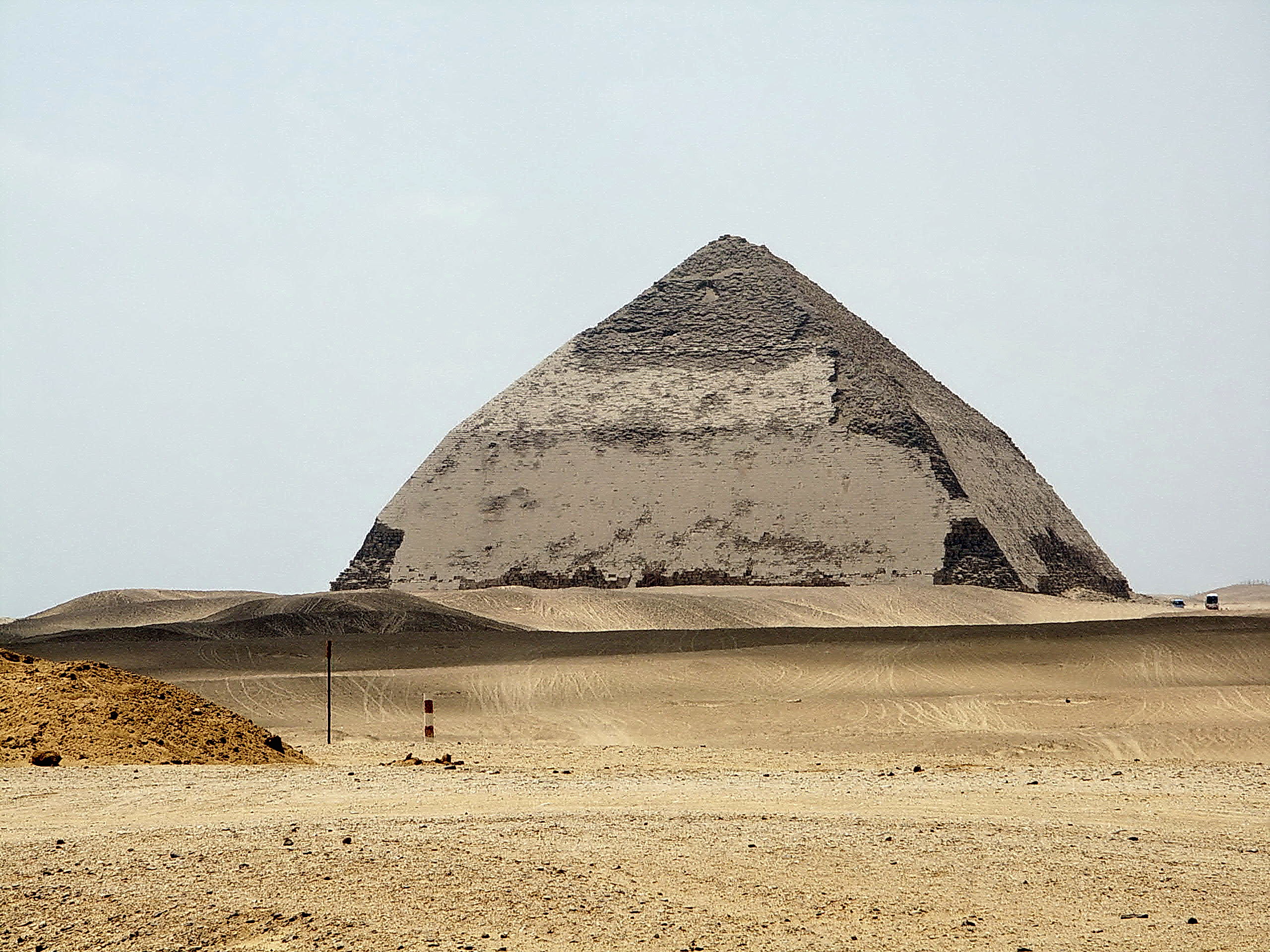
The Red Pyramid of Dahshur
Location: Dahshur, south of Cairo
Built for: Pharaoh Sneferu
Date: 26th century BCE
The Red Pyramid stands just a short distance from the Bent Pyramid, constructed under Pharaoh Sneferu’s direction. This structure represents a critical turning point in ancient Egyptian architecture, as it is the first true smooth-sided pyramid. The Red Pyramid’s red hue comes from the reddish limestone used in its core, distinguishing it from other pyramids.
At 105 meters in height, the Red Pyramid is one of Egypt’s tallest and most accessible ancient structures. Its simplicity and stability reflect lessons learned from the Bent Pyramid, making it a significant step toward the design perfected in Giza. Inside, a steep passage leads to spacious burial chambers, and visitors often marvel at the pyramid’s acoustics and the subtle scent of the ancient stone.
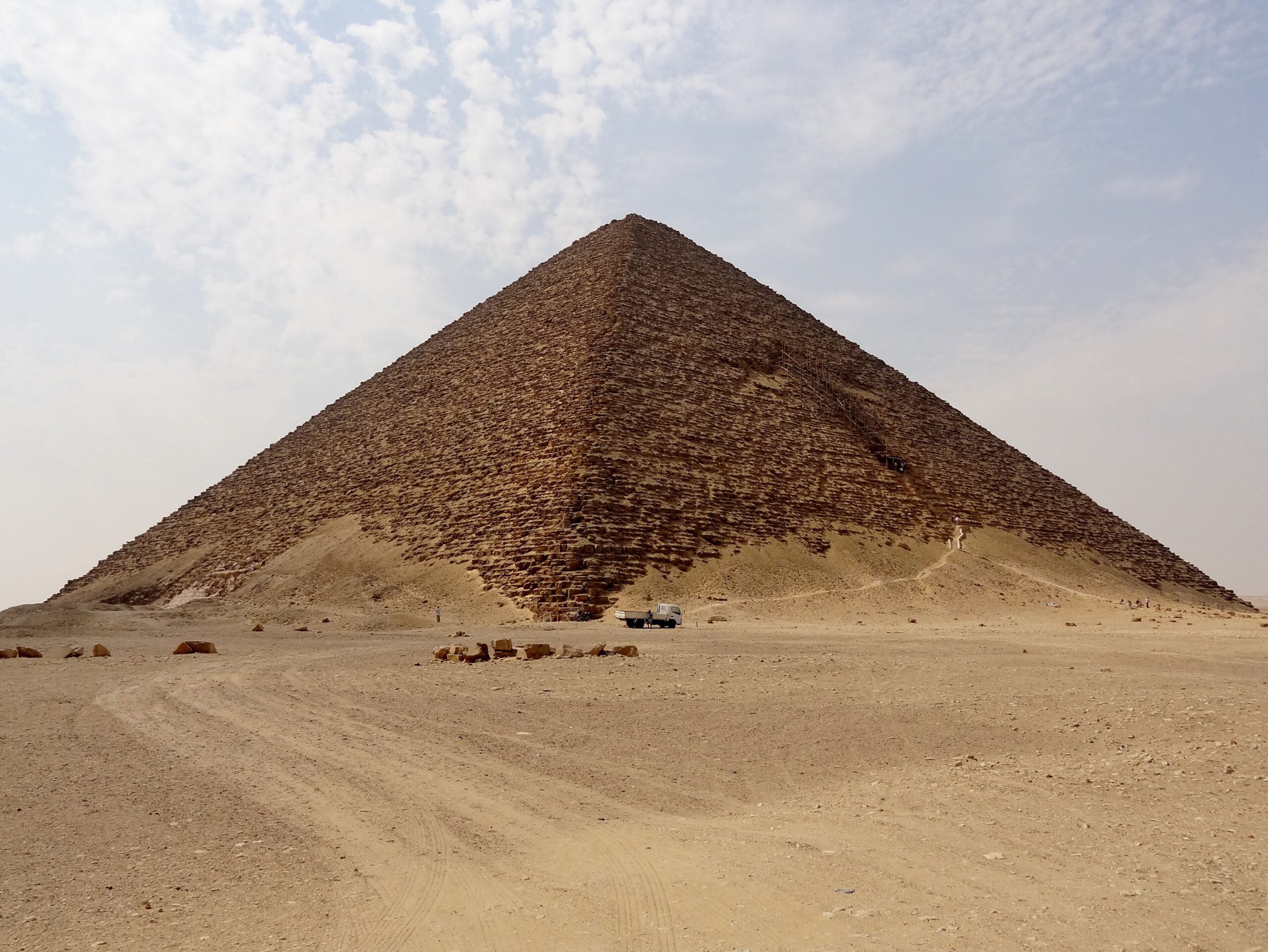
The Pyramid of Meidum
Location: Meidum, near Fayoum
Built for: Pharaoh Huni, later modified by Sneferu
Date: 26th century BCE
The Pyramid of Meidum is an architectural puzzle due to its partially collapsed structure. Initially designed as a stepped pyramid by Pharaoh Huni, it was later transformed into a smooth-sided pyramid by Sneferu. However, much of its outer layer has since crumbled, giving it an unusual tower-like appearance.
Known locally as the “False Pyramid,” the Meidum Pyramid holds significant historical importance as an experimental site that led to the architectural breakthroughs seen in later structures. The pyramid’s base and core offer a glimpse into early Egyptian construction techniques. Nearby, you’ll find tombs and burial structures highlighting ancient Egyptian burial customs and artistry.
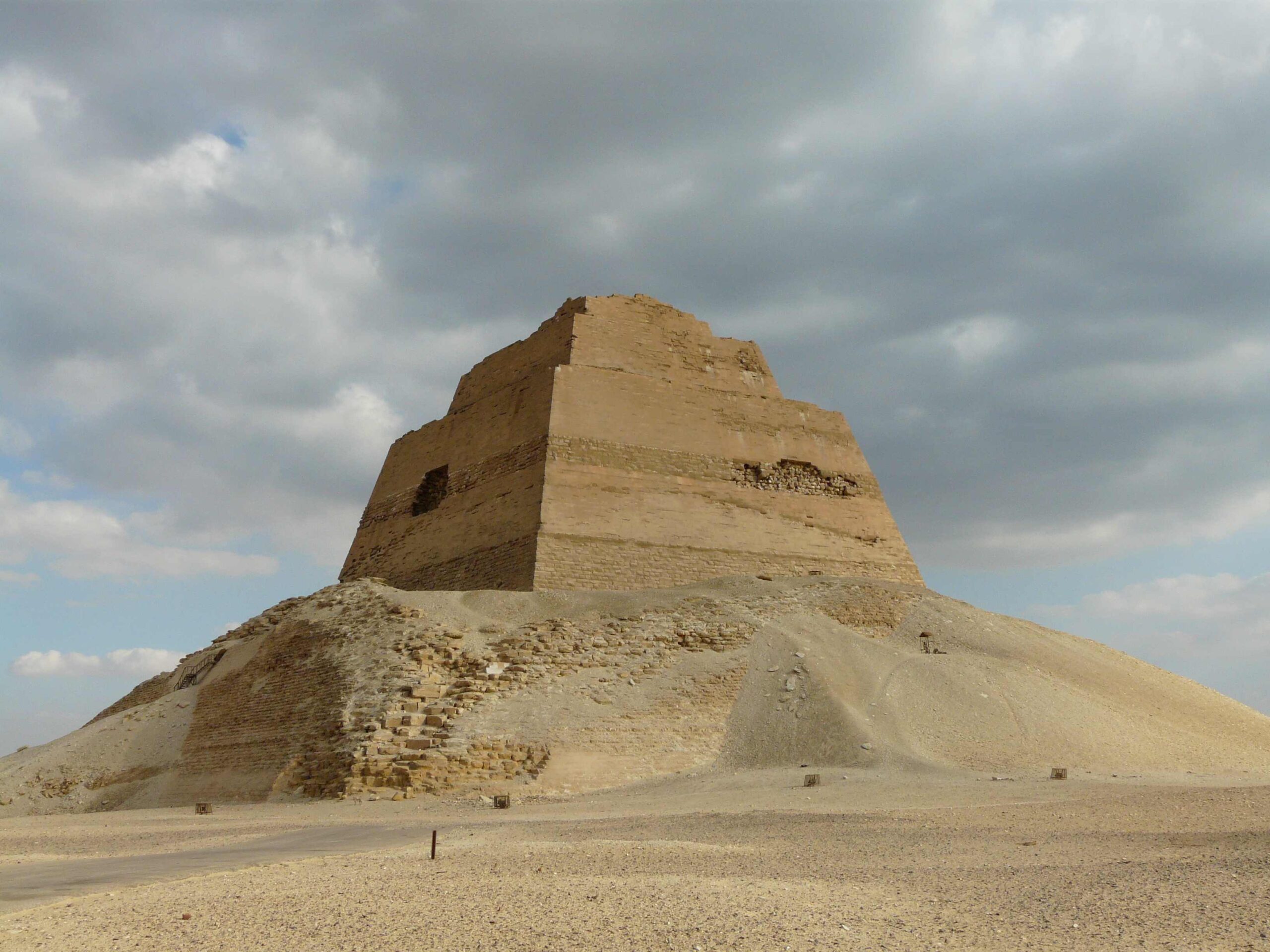
The Pyramid of Djoser at Saqqara
Location: Saqqara, south of Giza
Built for: Pharaoh Djoser
Date: 27th century BCE
The Pyramid of Djoser, located at Saqqara, is considered the oldest large-scale stone structure in Egypt and is often hailed as the precursor to all later pyramids. Built by the visionary architect Imhotep, this stepped pyramid consists of six mastaba-like layers stacked atop one another, creating a revolutionary design that shifted from traditional rectangular tombs to something more monumental.
The Djoser Pyramid complex is vast and intricately decorated, with courtyards, temples, and ceremonial structures. The limestone walls are carved with intricate patterns that offer insight into early Egyptian art and symbolism. For visitors interested in the origins of pyramid construction, the Djoser Pyramid is an essential stop, representing the architectural transition from mastabas to pyramids.
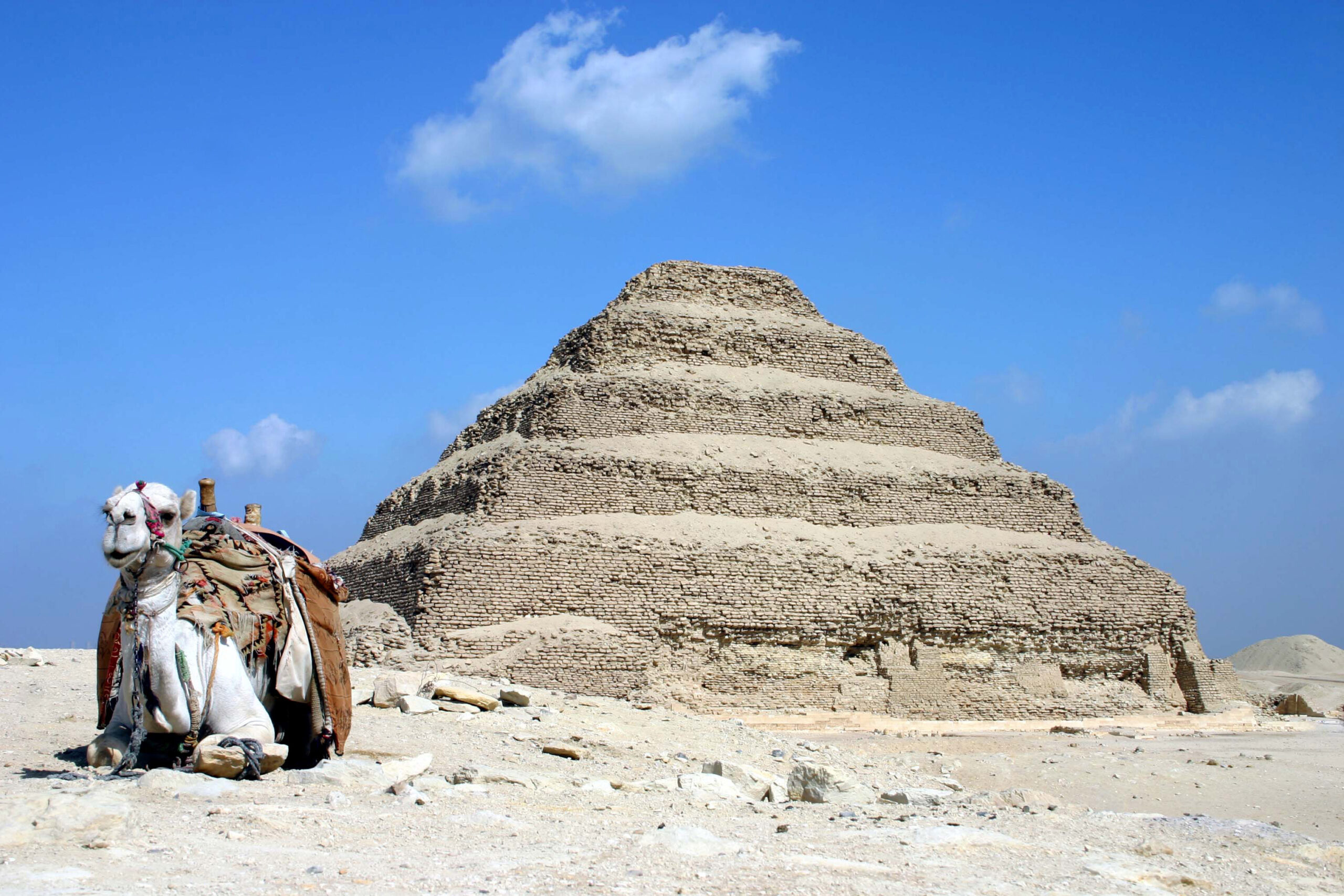
The Pyramid of Unas at Saqqara
Location: Saqqara, south of Giza
Built for: Pharaoh Unas
Date: 24th century BCE
The Pyramid of Unas is famous for being the first pyramid to contain inscriptions known as the Pyramid Texts, among the oldest religious texts. These inscriptions cover the burial chamber’s walls and contain spells meant to protect and guide the pharaoh in the afterlife.
Though smaller than many other pyramids, the Pyramid of Unas offers a unique spiritual and historical experience. The inscriptions provide profound insight into ancient Egyptian religious beliefs and the concept of the afterlife. This pyramid’s serene location and intricate hieroglyphics make it a fascinating site for those interested in Egypt’s spiritual history.

The Pyramid of Teti at Saqqara
Location: Saqqara, south of Giza
Built for: Pharaoh Teti
Date: 24th century BCE
The Pyramid of Teti, also located in Saqqara, provides visitors a glimpse into the evolution of the Pyramid Texts and Egyptian burial practices. Although it may appear modest on the outside, the interior of Teti’s Pyramid is adorned with hieroglyphics and symbols intended to ensure the pharaoh’s safe journey to the afterlife.
Beneath the pyramid lies a burial chamber where visitors can view the inscriptions up close. The pyramid’s calm atmosphere and detailed carvings make it a unique destination for those exploring the religious dimensions of ancient Egyptian burial sites.
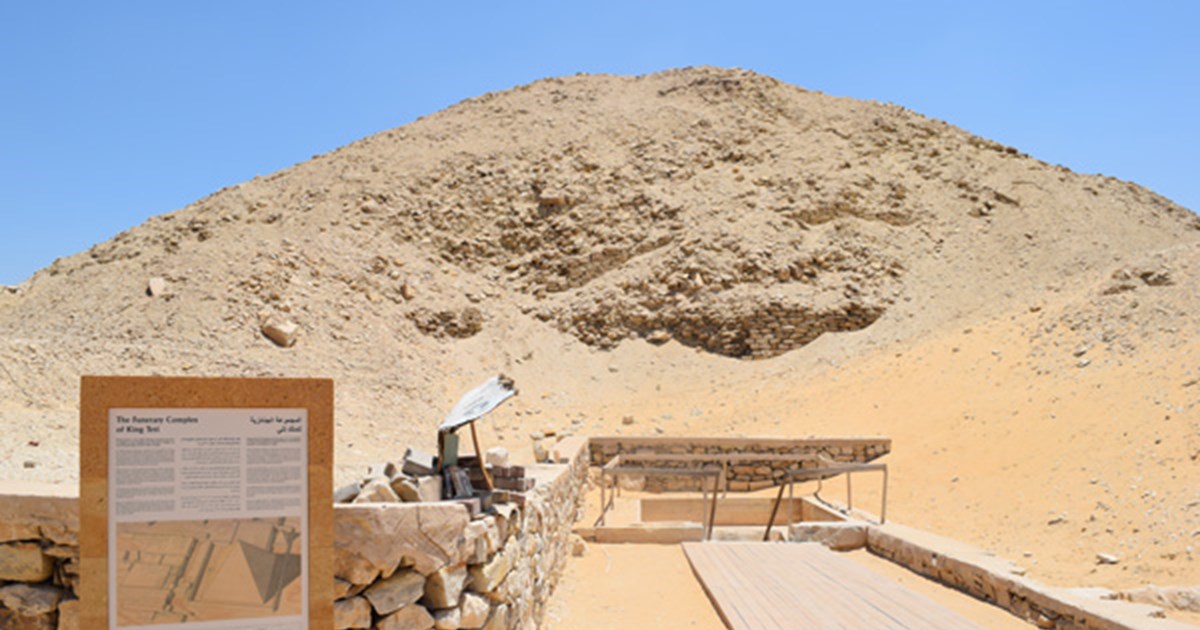
The Black Pyramid of Amenemhat III
Location: Dahshur, south of Cairo
Built for: Pharaoh Amenemhat III
Date: 19th century BCE
The Black Pyramid, built by Amenemhat III, is named for its dark, mudbrick core, which contrasts with the limestone casing of earlier pyramids. Its partially ruined structure is notable for its complex interior, featuring numerous rooms, passageways, and false burial chambers meant to confuse tomb robbers.
The Black Pyramid reflects a period in Egyptian history when the complexity of the pyramids reached new heights. Although visitors cannot enter the pyramid, its dark silhouette, and surrounding landscape offer an intriguing glimpse into the architectural challenges of its time.
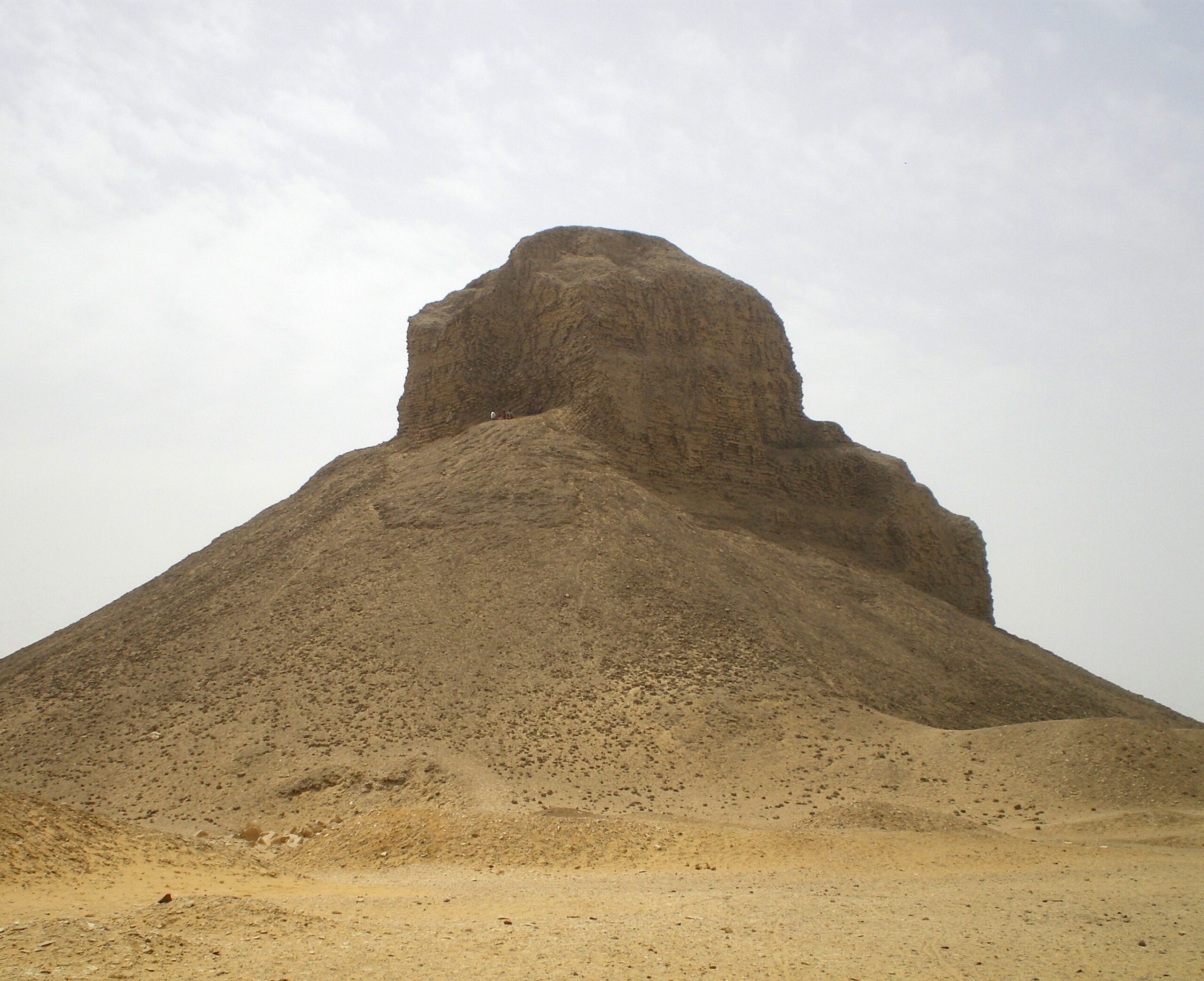
The Pyramid of Senusret II at El-Lahun
Location: El-Lahun, Fayoum region
Built for: Pharaoh Senusret II
Date: 19th century BCE
Located in El-Lahun near the Fayoum Oasis, the Pyramid of Senusret II represents a departure from earlier pyramid-building methods. This pyramid was uniquely designed with a hidden entrance to deter grave robbers, which was made primarily of mudbrick with a limestone outer casing.
The pyramid complex includes workers’ villages and tombs, offering insight into the lives of the laborers who constructed these magnificent structures. The Pyramid of Senusret II and its surrounding ruins provide a fascinating look at Egypt’s Middle Kingdom era, showcasing advancements in both construction techniques and societal organization.
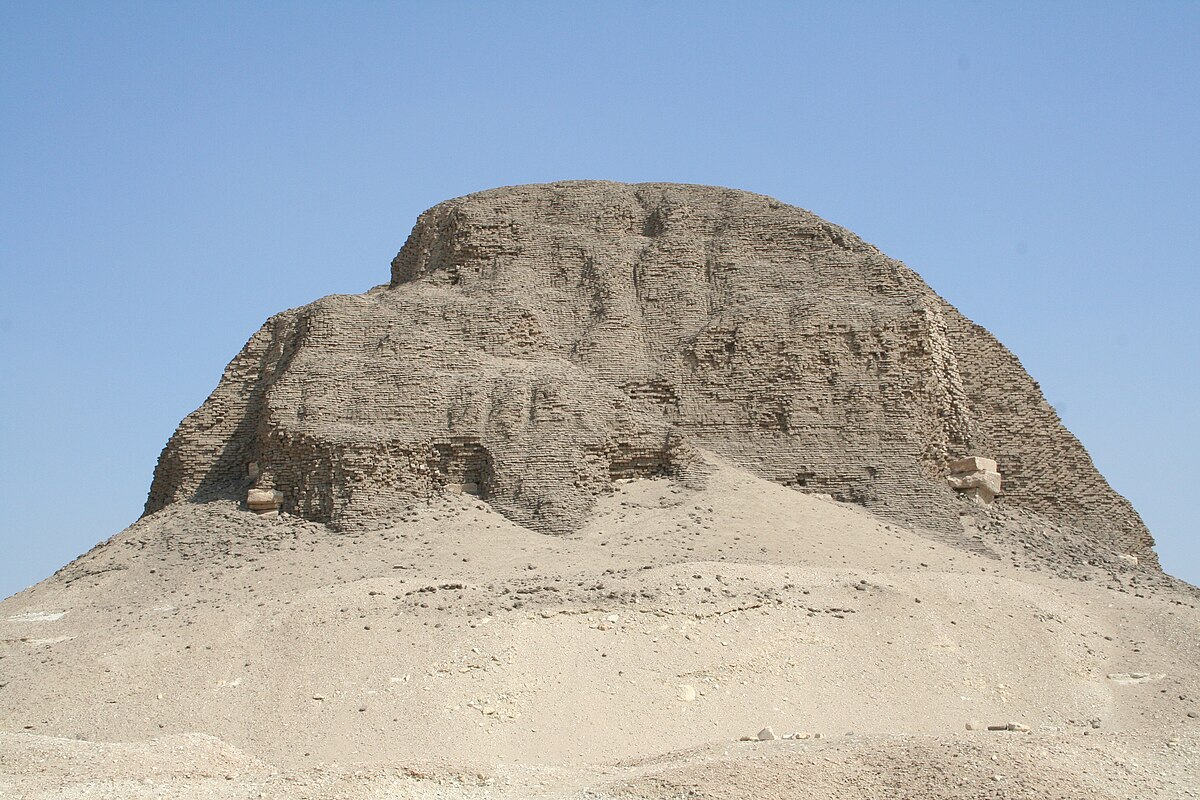
The Pyramid of Hawara (Labyrinth Pyramid)
Location: Fayoum region
Built for: Pharaoh Amenemhat III
Date: 18th century BCE
The Pyramid of Hawara, known as the Labyrinth Pyramid, is celebrated for its elaborate funerary complex. Ancient historians described it as a labyrinthine structure containing countless rooms and corridors. Though much of the pyramid has eroded, its history and the idea of a “labyrinth” still captivate the imagination.
The surrounding area also includes remains of Amenemhat III’s mortuary temple, which was once a grand structure with pillars, statues, and elaborate carvings. For history enthusiasts, the Pyramid of Hawara is a fascinating site to explore, as it offers insight into the architectural innovations and mortuary customs of the Middle Kingdom.
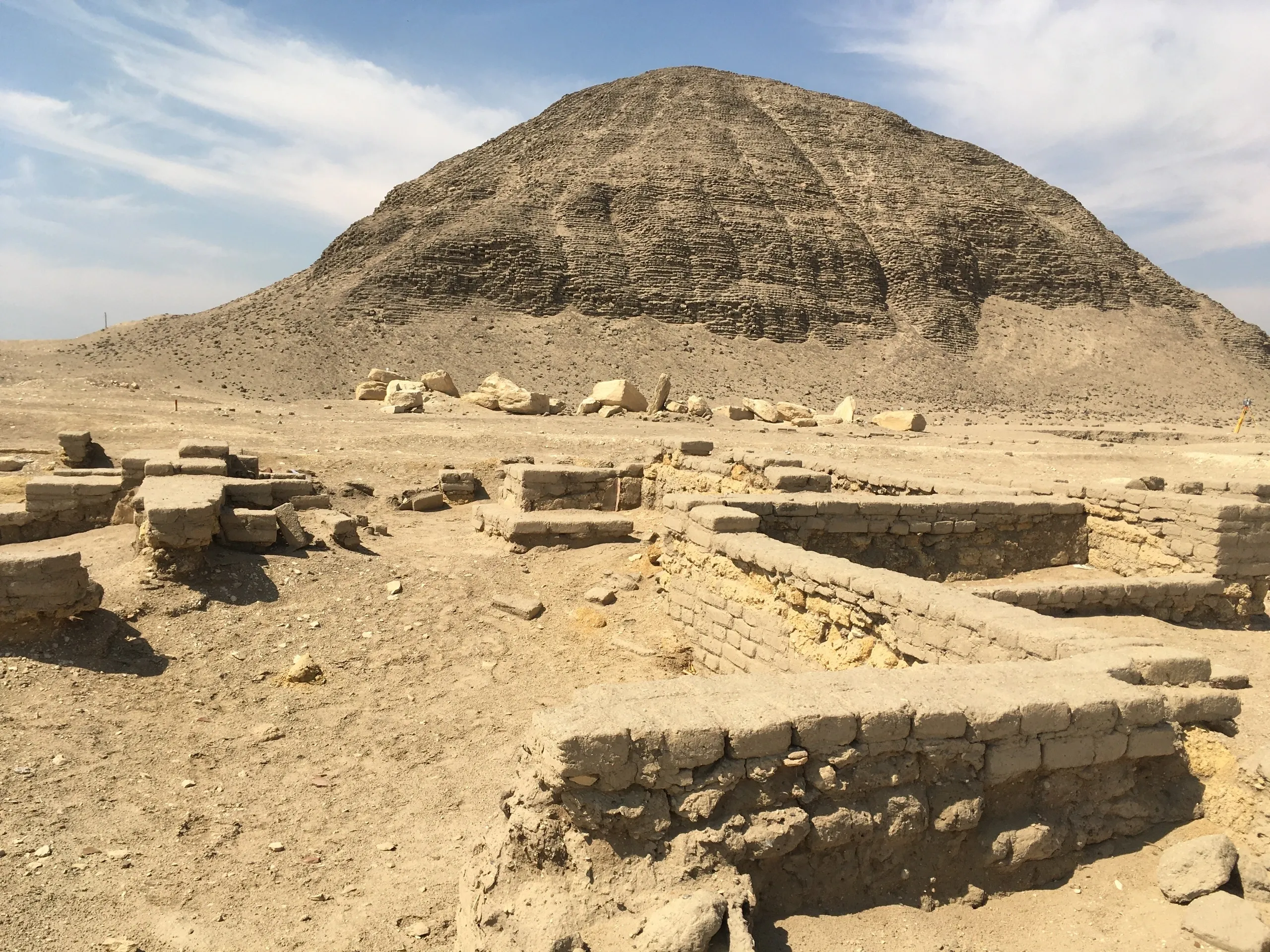
The Pyramid of Pepi II at Saqqara
Location: Saqqara, south of Giza
Built for: Pharaoh Pepi II
Date: 23rd century BCE
The Pyramid of Pepi II, one of the last significant pyramids constructed in the Old Kingdom, holds historical significance as it was built for Egypt’s longest-reigning pharaoh. Although smaller in scale, it features inscriptions of the Pyramid Texts, similar to those in Unas’s Pyramid, and includes rich decorative elements that reflect religious beliefs and artistic styles of the time.
The pyramid’s burial chamber displays inscriptions intended to guide the pharaoh’s journey through the afterlife. The Pyramid of Pepi II provides a quieter, more intimate experience, allowing visitors to appreciate ancient Egyptian funerary practices’ spiritual depth and craftsmanship.
The Pyramid of Amenemhat I at Lisht
Location: Lisht, south of Cairo
Built for: Pharaoh Amenemhat I
Date: 20th century BCE
The Pyramid of Amenemhat I marks the beginning of the Middle Kingdom’s royal burial practices and is located near the modern town of Lisht. Although much of its outer limestone casing is gone, the pyramid and surrounding complex illustrate the transition in burial architecture after the Old Kingdom. Archaeologists have found tombs of royal officials and soldiers nearby, highlighting the pyramid’s importance within a wider royal necropolis.
The pyramid’s modest size signifies a shift in resources and priorities during the Middle Kingdom. Its setting, overlooking the Nile Valley, offers a scenic backdrop for visitors interested in exploring an under-visited but historically significant site.
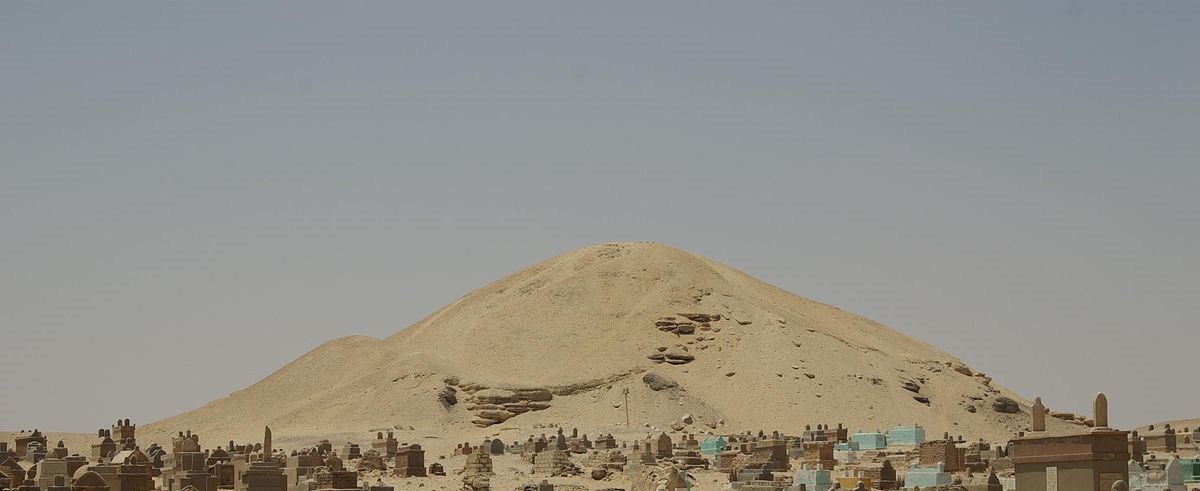
The Pyramid of Sesostris I at Lisht
Location: Lisht, south of Cairo
Built for: Pharaoh Sesostris I
Date: 20th century BCE
The Pyramid of Sesostris I is located near the Pyramid of Amenemhat I in Lisht. It symbolizes the continuity of the Middle Kingdom’s royal necropolis. Sesostris I, known for expanding Egypt’s borders and influence, commissioned a pyramid surrounded by tombs for family members and officials, reflecting the centralized power of the time.
The complex is a significant Middle Kingdom site, showcasing inscriptions, sculptures, and elaborate burial structures. This pyramid and its surrounding artifacts provide insight into Egypt’s social and political landscape during Sesostris I’s reign, offering an enriching experience for those interested in Middle Kingdom history.
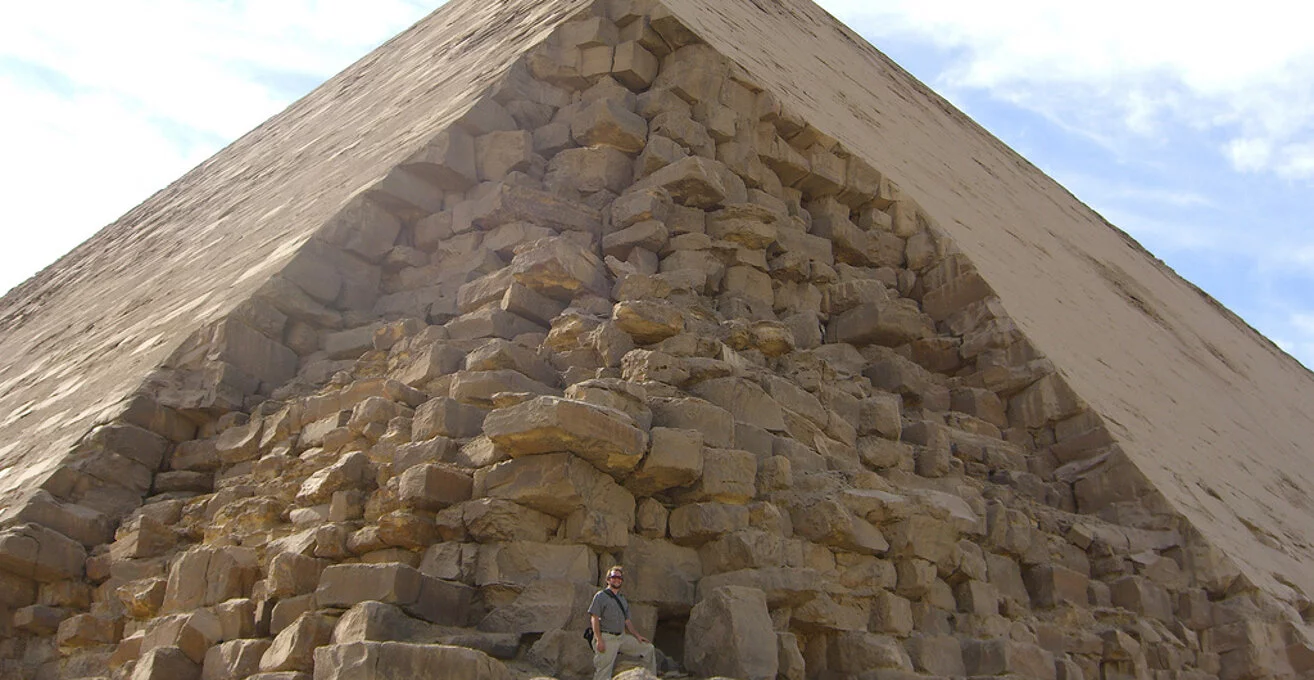
The Pyramid of Khendjer at Saqqara
Location: South Saqqara
Built for: Pharaoh Khendjer
Date: 13th Dynasty (18th century BCE)
The Pyramid of Khendjer is one of the lesser-known but intriguing structures from Egypt’s Middle Kingdom. Built for Pharaoh Khendjer, a ruler of the 13th Dynasty, this pyramid is unique for its layout and burial chamber design. Although much of the pyramid’s exterior has eroded over time, the burial chamber’s elaborate stone blocks remain, showcasing a high level of craftsmanship.
What makes this pyramid particularly interesting is its complex inner structure, with corridors and chambers that were likely intended to confuse tomb robbers. The Pyramid of Khendjer also has a stone sarcophagus with reliefs, one of the finest examples from its period. The site provides a sense of the shifting architectural and security strategies during Egypt’s later Middle Kingdom when pyramids became less monumental but more intricate.
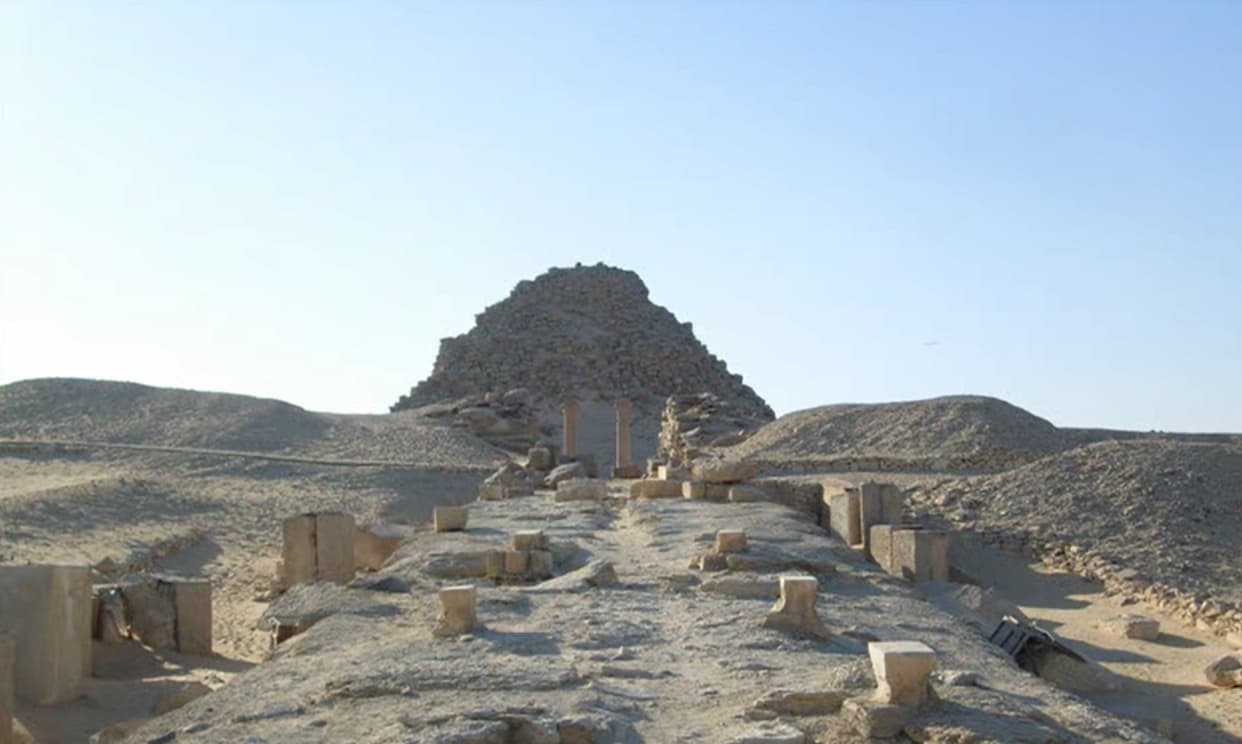
The Pyramid of Ameny Qemau at Dahshur
Location: Dahshur, south of Cairo
Built for: Pharaoh Ameny Qemau
Date: 13th Dynasty (18th century BCE)
The Pyramid of Ameny Qemau is an enigmatic and rarely visited pyramid from the 13th Dynasty. Its discovery initially led to several unanswered questions, as no significant inscriptions or artifacts were found to clarify its history. However, fragments of an inscribed canopic jar identified Ameny Qemau as the pyramid’s owner.
The pyramid’s construction suggests it continued Middle Kingdom burial practices, with a layout that includes storage rooms and a burial chamber. Though in a state of ruin, the Pyramid of Ameny Qemau attracts archaeology enthusiasts interested in exploring Egypt’s lesser-documented rulers. Its isolated location and mysterious atmosphere make it an ideal site for those looking to delve into Egypt’s Middle Kingdom secrets.
The Pyramid of Queen Neith at Abu Sir
Location: Abu Sir, southwest of Cairo
Built for: Queen Neith, wife of Pharaoh Teti
Date: 6th Dynasty (24th century BCE)
Queen Neith’s Pyramid at Abu Sir is a smaller pyramid but historically significant as it belonged to one of the queens of Pharaoh Teti. This pyramid complex sheds light on the status of royal women during the Old Kingdom. Although much of the structure has collapsed, recent excavations have revealed artifacts and inscriptions that offer insight into Queen Neith’s life and her connection to Pharaoh Teti.
The burial chamber includes reliefs and hieroglyphics illustrating the queen’s royal titles and religious significance. The surrounding area also contains tombs of other royal family members, providing a broader context for understanding the Old Kingdom’s complex family networks. The Pyramid of Queen Neith serves as an essential monument for understanding the roles and honors of royal women in ancient Egypt.










